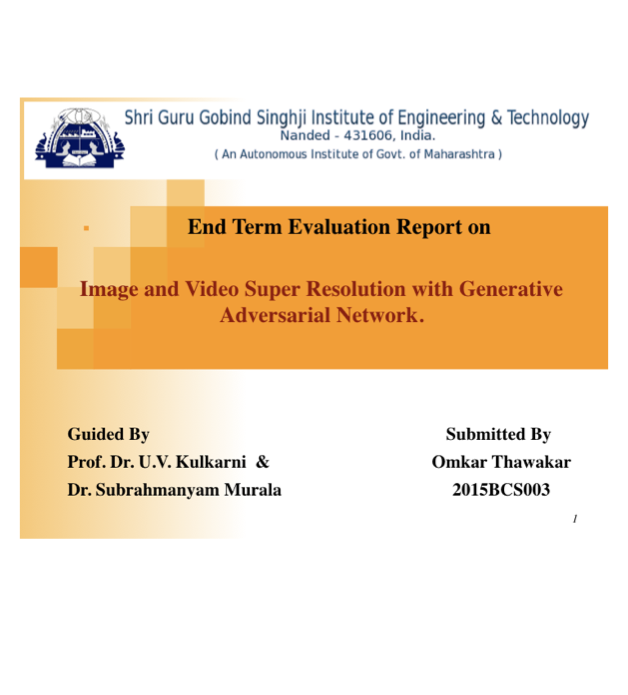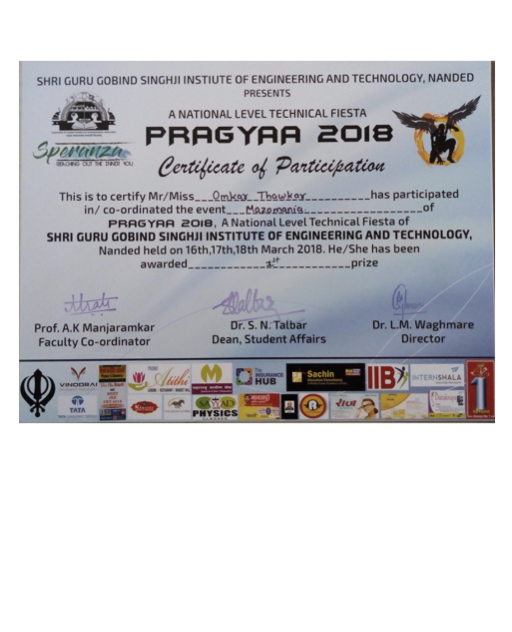Hi,I am Omkar Thawakar and welcome to my blog.
Omkar Thawakar
Researcher, Programmer, Coder, Developer, Artist ......
Bio
I am graduated in Computer Science and Technology at SGGSIE&T Nanded. I am currently working as a Research Assistant at IIT Ropar, India. I am interested in Deep Learning and Machine Learning to address various problems in computer science and Artifical Inteligence field.
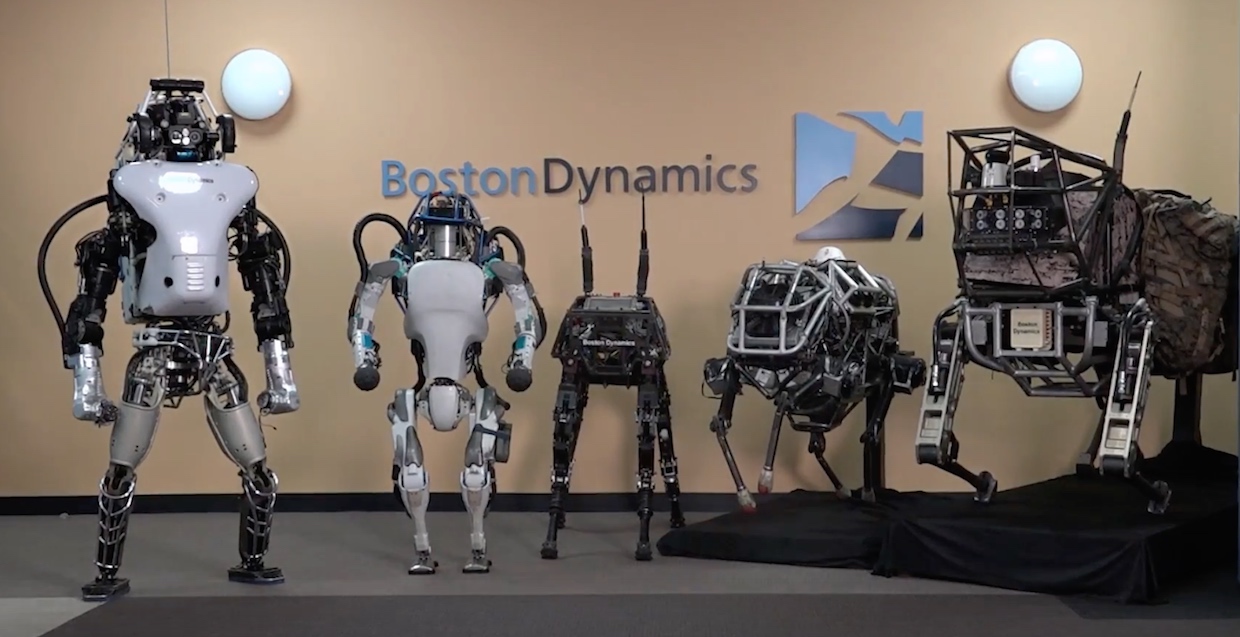
Research Interest
My interest lies in Artificial Intelligence and Robotics and developing strategies for creating Artificial Consciousness using Reinforcement Learning and other deep learning techniques. I like to work on Deep Learning and Machine Learning to built techniques that can be used to solve complex problems in AI efficiently and with less computational manner.
I am researching on Artificial Neural Network and its training optimization by predicting initial weights of network near to global minima of error plot which effectively decrease the computational cost of training. This weight initialization technique helps training of Convolutional Neural Network very fast as compared to previous techniques. Also, It is very helpful in Reinforcement Learning strategies of Robots which are trained in real time by significantly decreasing the training time of the network.
I have built various projects related to Artificial Neural Network's and Reinforcement Learning which includes the Reinforcement Learning of Line Follower Robot, currently working on Reinforcement training of Robotic Arm etc.
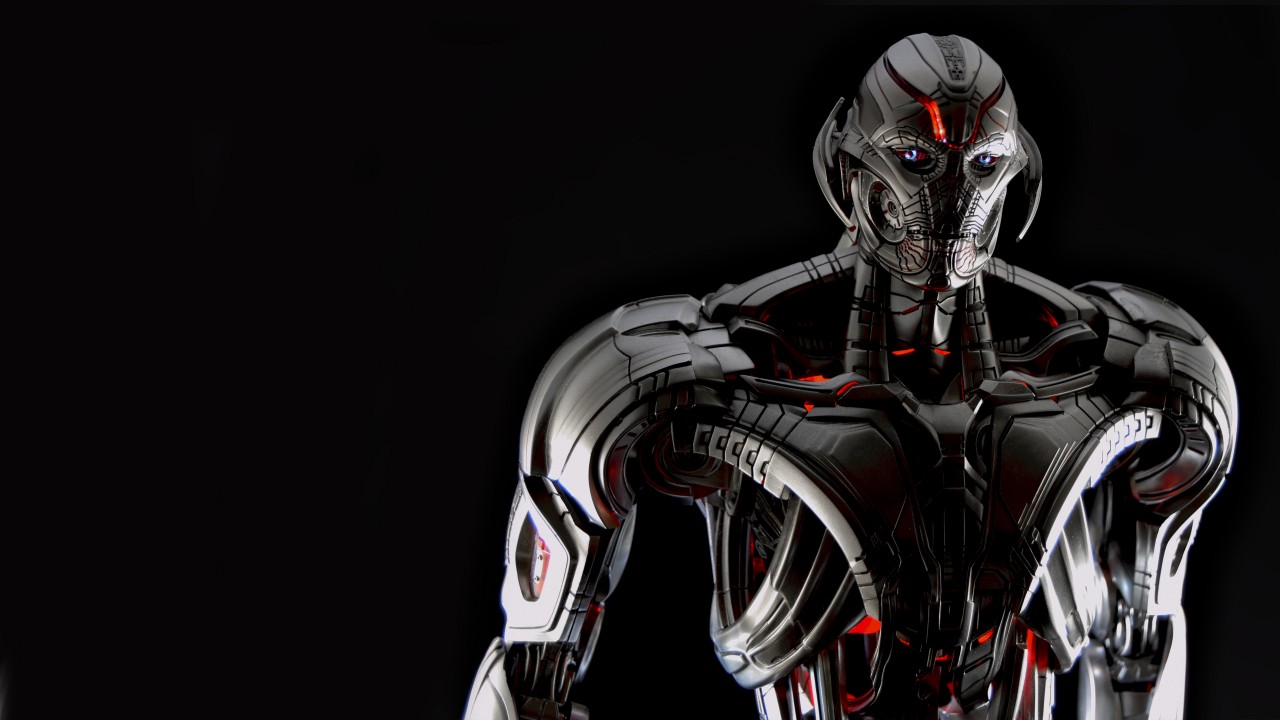
Research Motivation
Deep Learning and Artificial Intelligence dominate the whole world and established its unique approach for solving many real worlds scenerios. Neural Network made a remarkable impact in classification and regression problems whereas Convolutional Neural Networks proved its efficiency in image and video processing domains. But, there is an issue of interpretability since model behaves as a 'black box', failing to explain its behavior in understanding a large amount of data. In some cases, this 'black box' behavior of deep learning models is quite acceptable. Due to this, computer science often resorts to the Bayesian perspective incorporating prior knowledge often to improve on simply “throwing” more layers and data at a model.
Apart from all this, Deep Learning models such as CNN and GAN (introduced by Goodfellow) dominates all other methods and now the state-of-the-art models in computer science. With this, we are able to solve problems in computer vision such as classification, detection, prediction, and forecasting. More specifically these state-of-the-art methods give benchmark performance for segmentation, super-resolution, image-restoration, etc. Apart from computer vision, these models dominate even in Robotics, venture capitalism, high-performance computing, astronomy and many more.
There have been several limitations of using these deep learning techniques in the real world due to the hardware limitations, variation in the real world and experimental data, etc. A recent, comprehensive review is offered by researchers at Google that argues the capacity of deep learning models in real-world. As part of my work on image super-resolution and image to image translation, we are able to give state-of-the-art results in the real world scenarios; [4,5] presents a survey of approaches to this end. I believe as computational feasibility no longer remains a bottleneck that deep learning models present a promising approach to learn complex relationships over large datasets.
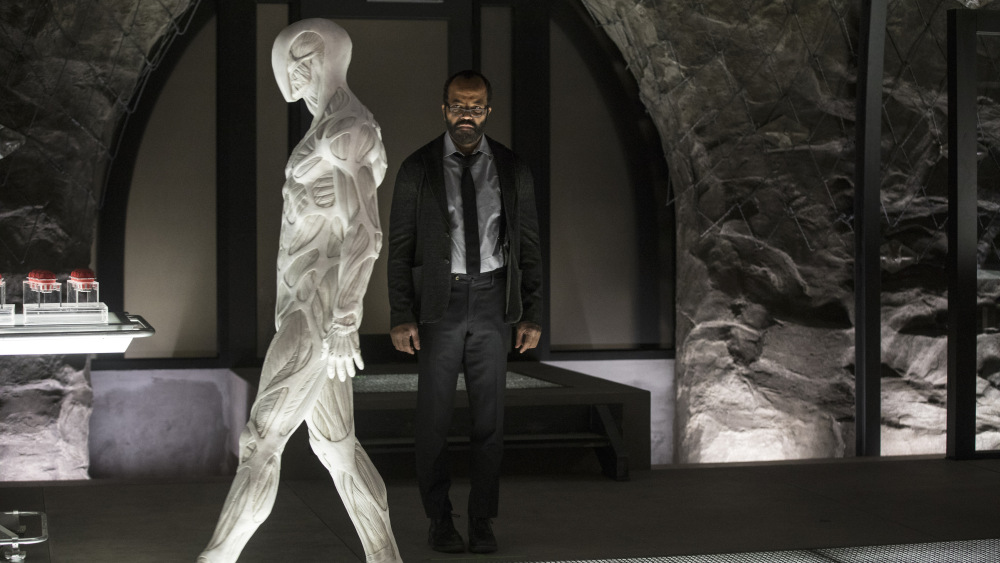
Personal Info
I (like to think that I) am an artist.
I love cooking, biking, travelling and explor new things.
Apart from curriculam stuff, I spend time on
- curating my pocket list.
- writing on medium.
- reading comics
- watching series
- enjoying sci-fi movies
- playing football and cricket



